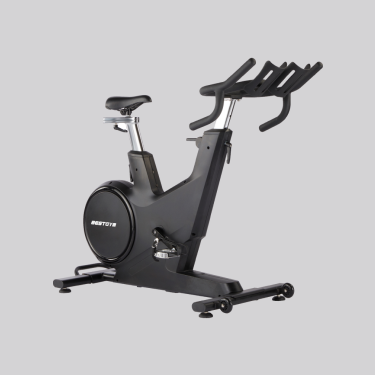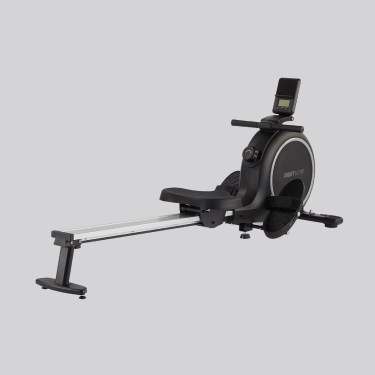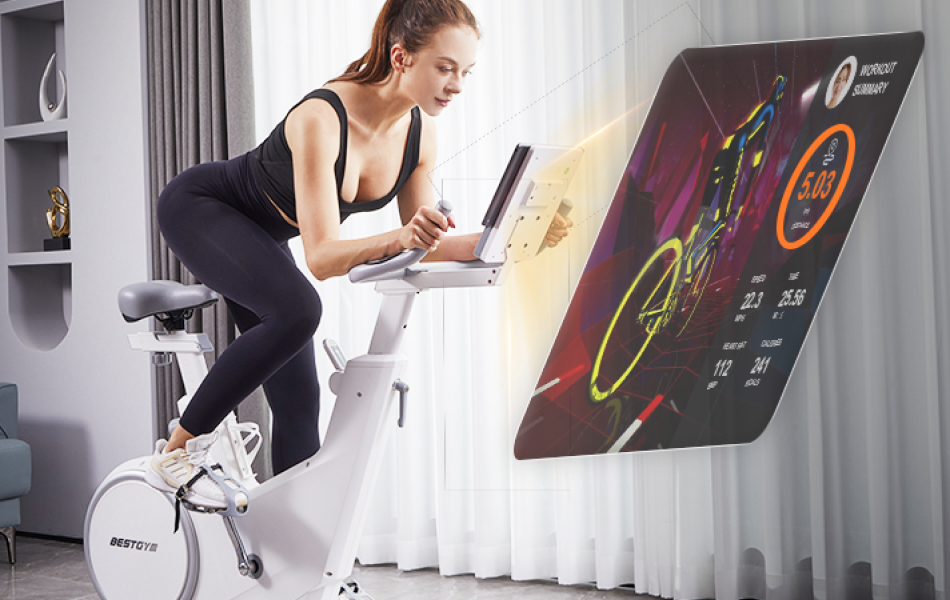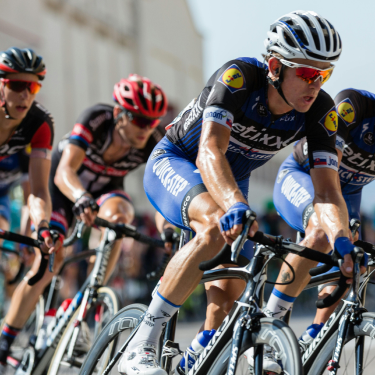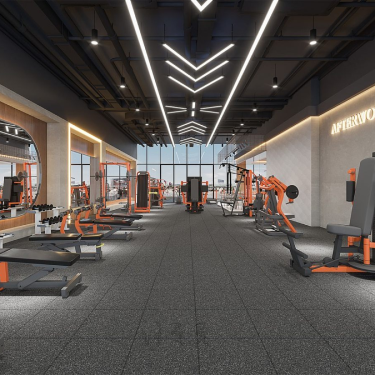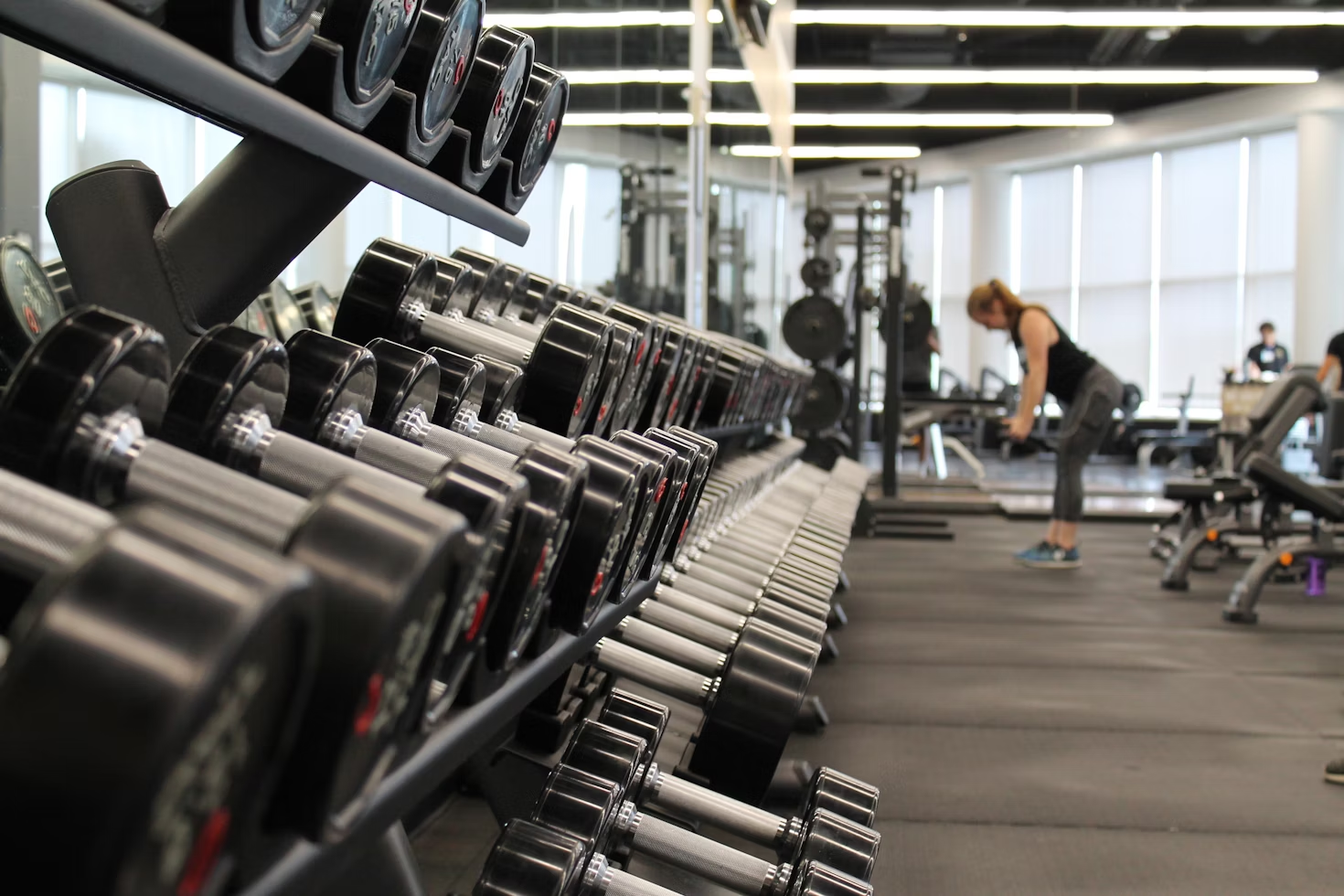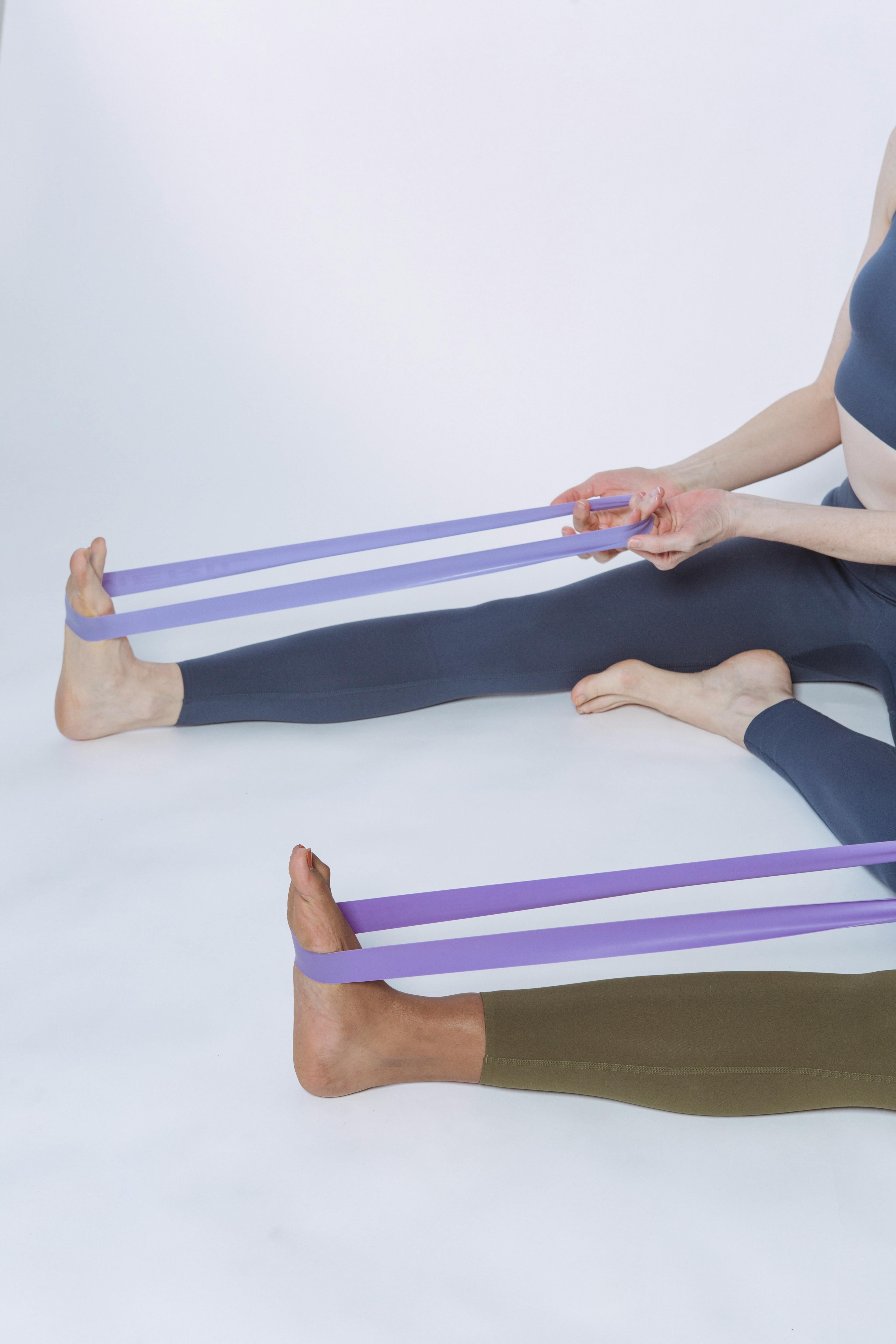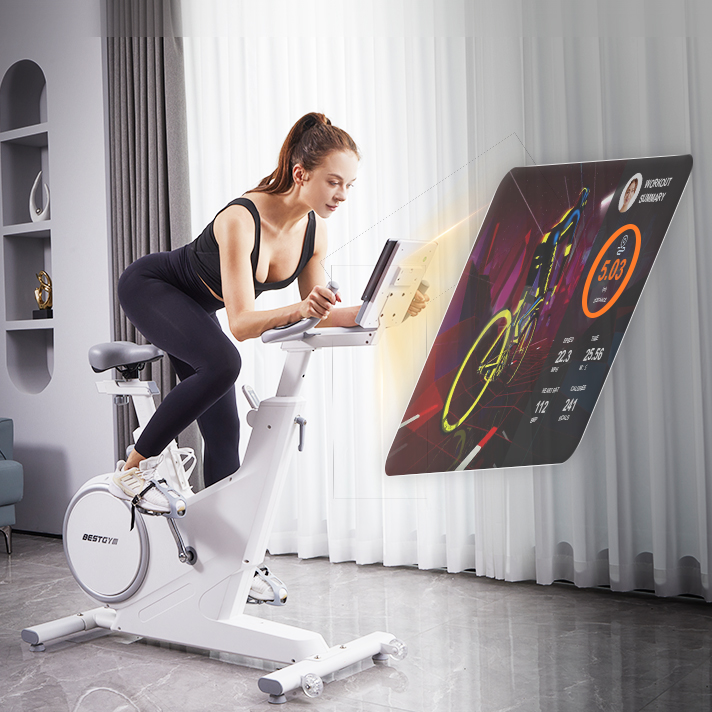How to Choose Gym Flooring?
Introduction
When setting up a gym, whether at home or commercially, choosing the right flooring is a critical decision that impacts safety, performance, durability, and maintenance. The flooring serves as the foundation for workouts, protecting both the user and the equipment from damage. It also contributes to noise reduction, injury prevention, and overall workout efficiency.
This comprehensive guide will walk you through all the essential factors you need to consider when selecting gym flooring. We will explore different types of flooring materials, their advantages and disadvantages, installation methods, maintenance tips, and how to choose the right flooring based on your workout needs.
Why Gym Flooring Matters
1 Safety and Injury Prevention
Gym flooring plays a crucial role in preventing injuries by providing a cushioned surface that absorbs impact. High-impact exercises such as running, jumping, and weightlifting put stress on joints, muscles, and bones. Proper gym flooring reduces this impact, minimizing the risk of injuries such as sprains, strains, and fractures.
For example, rubber flooring provides excellent shock absorption, reducing strain on the knees and ankles. Foam flooring, on the other hand, offers a softer surface for activities like yoga or Pilates, where comfort is a priority.
2 Noise and Vibration Control
In a home gym, excessive noise can be a problem, especially if you live in an apartment or have family members in adjacent rooms. Thick gym flooring absorbs vibrations and reduces the noise produced by weights dropping or cardio machines in use.
Commercial gyms also benefit from noise reduction, as it creates a more comfortable environment for multiple users working out simultaneously. Rubber and vinyl flooring are excellent choices for dampening sound and vibration.
3 Equipment Protection
Gym flooring also protects underlying surfaces from damage caused by heavy fitness equipment. Without adequate flooring, weightlifting racks, dumbbells, and treadmills can cause dents, cracks, or scratches on hardwood or tile floors. Using rubber mats or tiles ensures that your gym flooring remains intact while prolonging the lifespan of your equipment.
4 Hygiene and Maintenance
A gym is a high-traffic area where sweat, dirt, and bacteria can accumulate quickly. Choosing a flooring material that is easy to clean and resistant to bacteria growth ensures long-term hygiene. Non-porous materials like rubber and vinyl are excellent choices because they resist moisture buildup and are easy to sanitize.
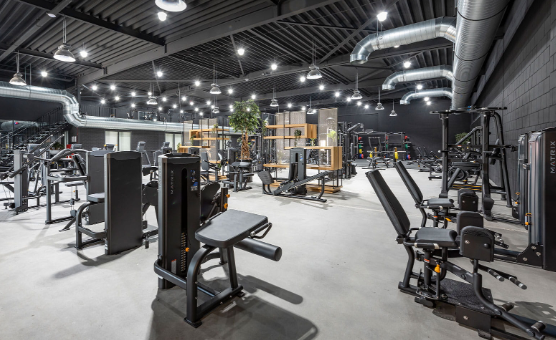
Types of Gym Flooring
Different types of gym flooring cater to various workout needs. Below are the most common options, along with their benefits and drawbacks.
1 Rubber Flooring
Best for: Weightlifting areas, home gyms, CrossFit training, commercial gyms
Pros:
- Highly durable and impact-resistant
- Reduces noise and vibration
- Provides excellent grip and slip resistance
- Easy to clean and maintain
- Available in different thicknesses and designs
Cons:
- Can have a strong rubber odor when new
- More expensive than other flooring options
- Heavy and requires effort to install
Variants:
- Rubber Tiles: Easy to install and replace; great for home gyms.
- Rubber Rolls: Ideal for large spaces; offers a seamless appearance.
- Rubber Mats: Suitable for targeted areas like weightlifting zones.
2 Foam Flooring
Best for: Yoga, pilates, martial arts, bodyweight training
Pros:
- Lightweight and easy to install
- Provides excellent cushioning for low-impact workouts
- Cost-effective and available in various colors
Cons:
- Not suitable for heavy weights or high-impact workouts
- Can wear out quickly in high-traffic areas
Variants:
- Interlocking Foam Tiles: Easily assembled and removed as needed.
- Roll-Out Foam Mats: Best for temporary or multi-purpose spaces.
3 Vinyl Flooring
Best for: Multi-purpose fitness rooms, cardio workouts, commercial gyms
Pros:
- Water-resistant and easy to clean
- Available in various designs and textures
- Provides a smooth surface for running and aerobic exercises
Cons:
- Less cushioning than rubber or foam
- Can be slippery if not textured properly
4 Carpet Tiles
Best for: Office gyms, light exercise spaces
Pros:
- Budget-friendly and easy to replace damaged tiles
- Absorbs noise and provides a soft feel
- Available in various colors and patterns
Cons:
- Difficult to clean and maintain
- Not suitable for heavy-impact workouts
5 Hardwood Flooring
Best for: Dance studios, basketball courts, functional training areas
Pros:
- Professional and aesthetic appearance
- Durable when maintained properly
- Provides a firm surface for movement-based workouts
Cons:
- Expensive
- Requires regular maintenance and refinishing
- Can be slippery without proper coating
Factors to Consider When Choosing Gym Flooring
1. Type of Workout
Different workouts require specific flooring characteristics:
- Weightlifting: Opt for rubber flooring for shock absorption.
- Cardio and HIIT: Choose rubber or vinyl for durability and traction.
- Yoga and Pilates: Foam or vinyl provides comfort and grip.
- Martial Arts: Soft foam mats prevent impact injuries.
2. Durability and Longevity
Invest in flooring that withstands long-term wear and tear, especially for commercial gyms. Rubber and vinyl are the most durable options, while foam may wear out faster.
3. Comfort and Cushioning
For high-impact exercises, cushioned flooring is essential. Foam and rubber provide the best shock absorption.
4. Slip Resistance and Safety
Avoid slippery surfaces, especially in areas prone to sweat or moisture. Rubber and textured vinyl provide excellent grip.
5. Maintenance and Cleaning
Choose a material that is easy to clean and resists bacteria growth. Rubber and vinyl are low-maintenance, while carpets require frequent vacuuming.
6. Installation and Customization
DIY-friendly options: Interlocking tiles and roll-out mats.
Permanent options: Rubber rolls and hardwood floors, which require professional installation.
7. Budget Considerations
Affordable: Foam and carpet tiles
Mid-range: Vinyl and rubber tiles
Premium: Rubber rolls, hardwood, and specialized sports flooring
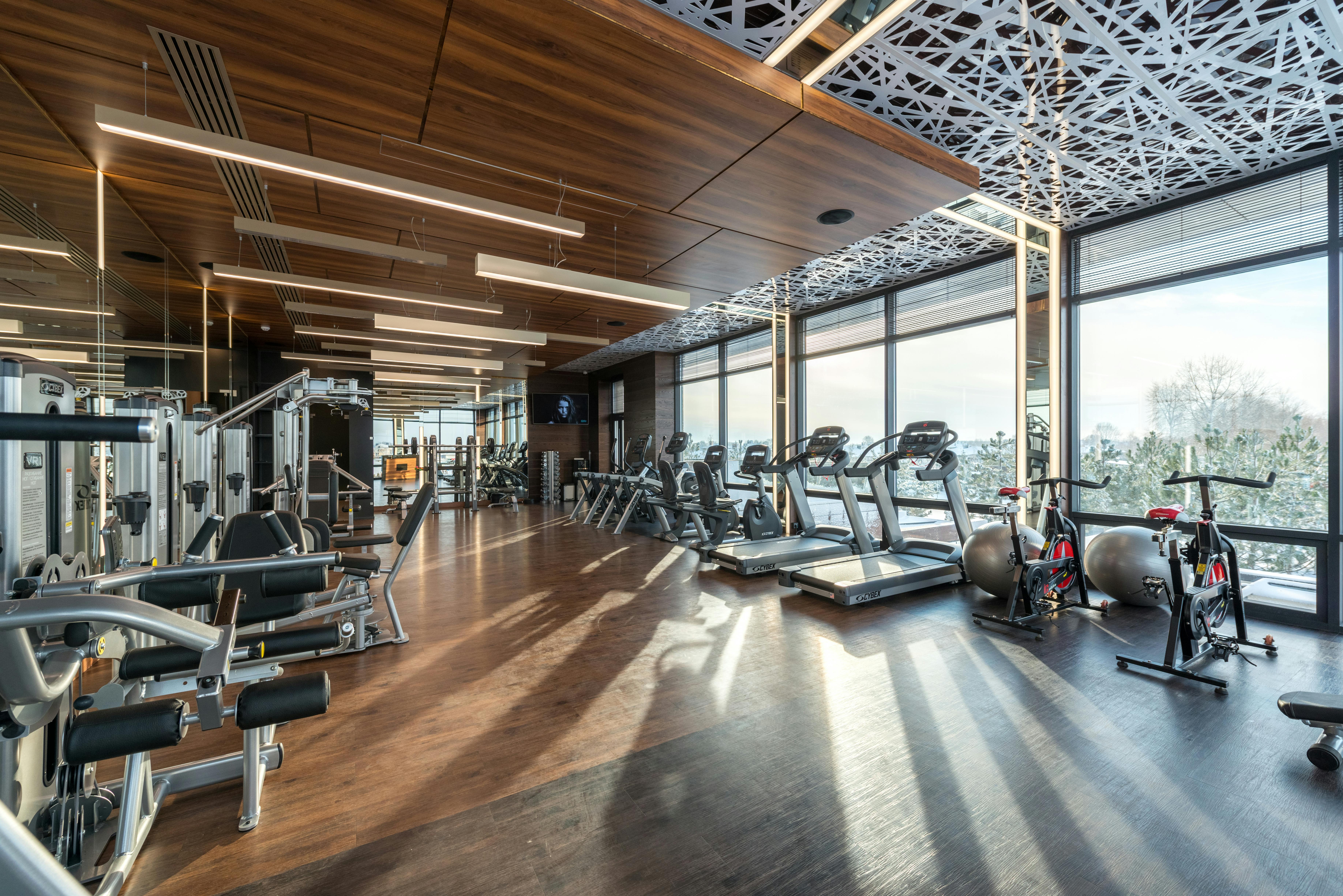
Installation Tips for Gym Flooring
1. Measure Your Space
Calculate the total square footage required, including buffer zones for equipment and movement space.
2. Choose the Right Thickness
3mm - 6mm: Light workouts, yoga, and cardio
8mm - 12mm: Weightlifting and high-impact exercises
15mm+ or more: Heavy-duty powerlifting and commercial use
3. Prepare the Subfloor
Ensure the existing floor is clean, dry, and level before installation. Uneven surfaces can affect the longevity of gym flooring.
4. Install Properly
Interlocking tiles: Fit together like puzzle pieces
Rubber rolls: Use adhesive for a permanent bond
Foam mats: Lay out on flat surfaces, avoiding curling edges
Maintenance and Cleaning Tips
Daily Cleaning: Wipe surfaces with a damp cloth or mop.
Weekly Deep Cleaning: Use mild soap and water to remove bacteria and sweat buildup.
Avoid Harsh Chemicals: These can degrade rubber and foam over time.
Conclusion
Choosing the right gym flooring depends on your workout type, space, budget, and maintenance preferences. Rubber flooring remains the most versatile and durable choice, while foam and vinyl cater to specific needs like yoga or cardio. Prioritize safety, durability, and comfort to create an optimal gym environment that enhances performance and longevity.
Read More: The 5 Most Dangerous Gym Equipment You Should Know

